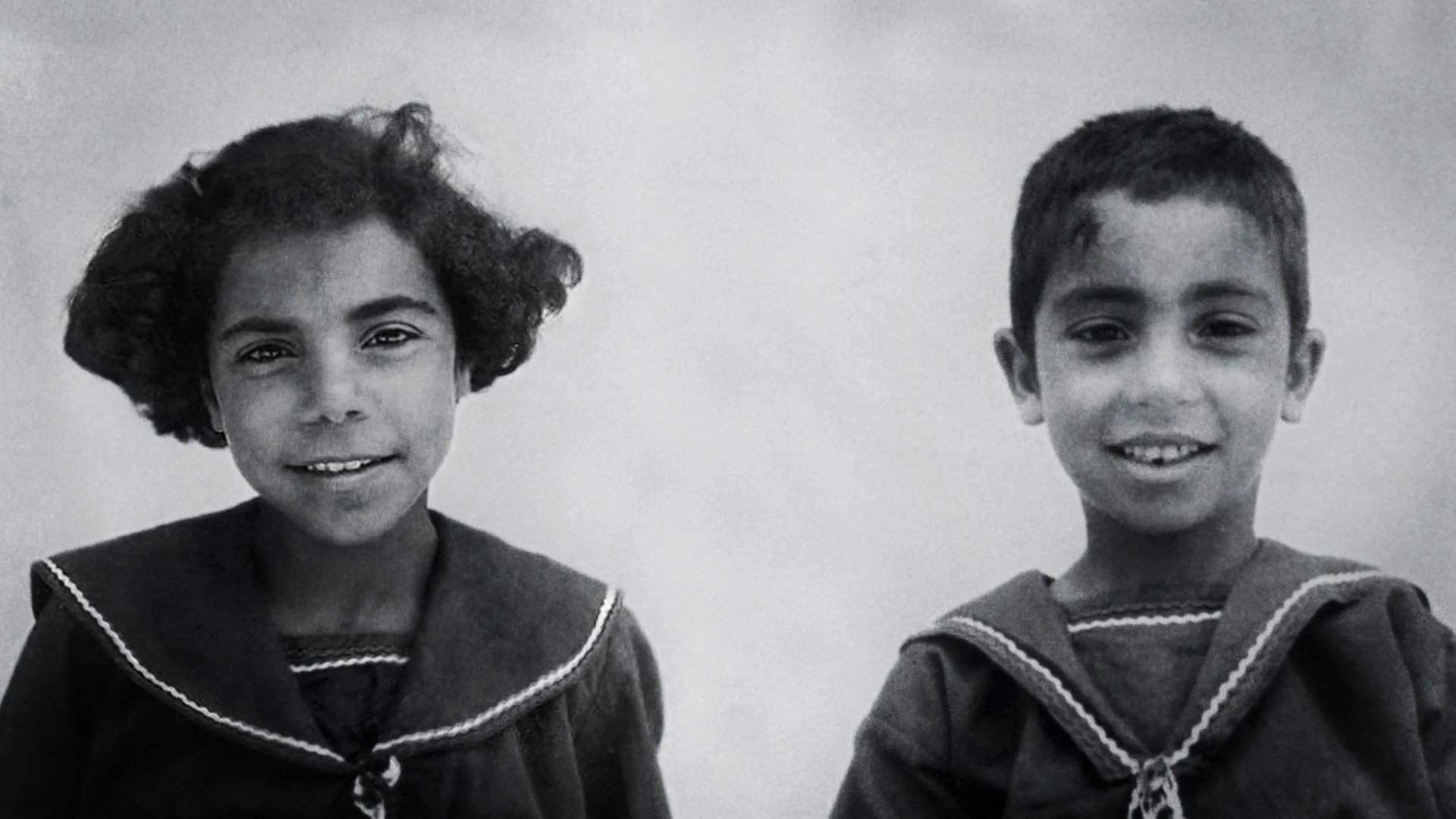Deir Yassin Massacre (1948)
Fri Apr 09, 1948

Image: Orphaned children whose parents had been killed at Deir Yassin. Credit: IDF archive / Still from the film "Born in Deir Yassin" [haartetz.com]
On this day in 1948, far-right Zionist paramilitaries indiscriminately slaughtered 107-254 villagers of Deir Yassin, orphaning at least 55 children (2 shown). Israel has kept documentation of the massacre sealed, citing security concerns.
The massacre took place during the 1947-1948 civil war in Mandatory Palestine. In the months leading up to the attack, forces led by the Palestinian Arab nationalist Mohammad Amin al-Husayni laid siege to Jerusalem, cutting off the city from military aid.
Although war had broken out, the fighting was relatively contained. According to an Arab League general - "Despite the fact that skirmishes and battles have begun, the Jews at this stage are still trying to contain the fighting to as narrow a sphere as possible...the Jews have not so far attacked Arab villages unless the inhabitants of those villages attacked them or provoked them first."
Deir Yassin was a Palestinian Arab village near Jerusalem, with several hundred residents (all Muslim), living in 144 houses. Multiple accounts suggest villagers lived in peace with their Jewish neighbors, particularly those in Givat Shaul, some of whom reportedly tried to help the villagers during the massacre.
On April 9th, 1948, more than one hundred members of the underground, far-right Zionist paramilitary groups Irgun and Lehi attacked Deir Yassin. The operation took place despite knowledge that villagers had signed a non-aggression pact.
Zionist soldiers expected residents to flee rather than fight back. When they encountered armed resistance, soldiers resorted to blowing up houses with explosives and indiscriminately slaughtering all inside. According to eye-witness accounts, the attackers systemically murdered the village population, executing children and reportedly raping women.
Zionists paraded captured adult men in the streets of West Jerusalem before returning to the village and executing them. Money, silver, and gold were taken from the victims. In total, estimates of those killed range from 107 to 254, and at least 55 children were orphaned.
The massacre was internationally condemned, including by Jewish intellectuals such as Albert Einstein. The attack inspired a revenge attack four days after the Deir Yassin massacre - on April 13th, Arabs attacked the Hadassah medical convoy in Jerusalem, killing seventy-eight, most of whom were medical staff.
In 1969, the Israeli Foreign Ministry published an English pamphlet "Background Notes on Current Themes: Deir Yassin", falsely denying that there had been a massacre at Deir Yassin, claiming that the village was the home of an Iraqi garrison, and calling the massacre story "part of a package of fairy tales, for export and home consumption".
The attack caused many Palestinians in the area to flee, and escalated tensions in the civil war. In 1951, an Israeli psychiatric hospital was built on the village itself, using some of the village's abandoned buildings.
"They are angry with me that I said these things. Let them first be angry at themselves...I was there, I saw the massacre with my own eyes. Why didn't [Israeli military historian Uri Milstein] ever question me about the things I experienced there?"
- Meir Pa'il, an intelligence officer who provided an eyewitness account to the Deir Yassin Massacre
hola